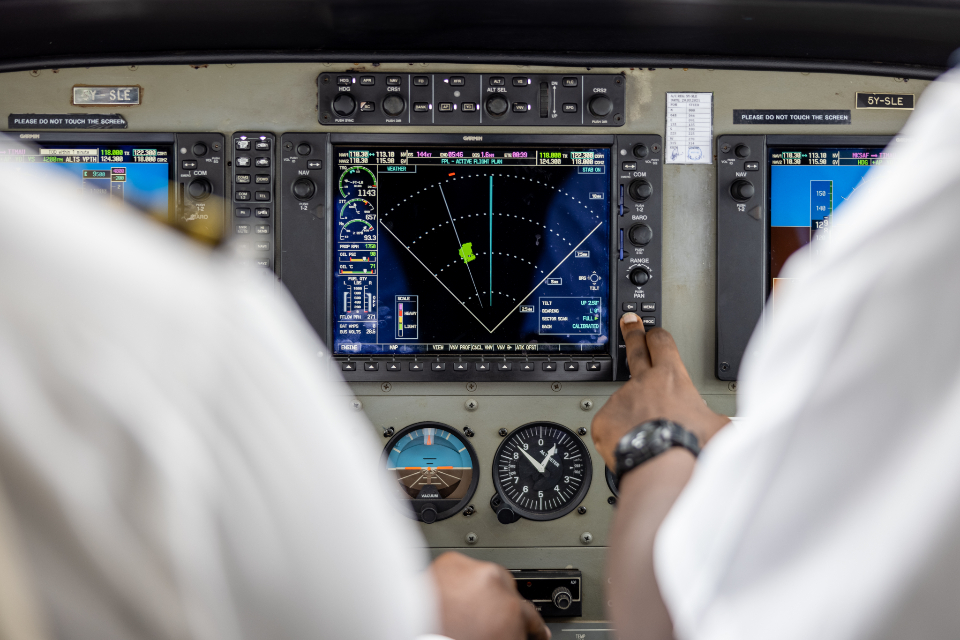Crew Resource Management (CRM) is a set of principles and practices designed to optimize the performance of flight crews by enhancing communication, teamwork, and decision-making. CRM is based on the recognition that the success of a flight depends on the effective use of all available resources, including personnel, equipment, and information. By improving communication and teamwork among crew members and promoting the active participation of all members in the decision-making process, CRM aims to enhance the safety and efficiency of aviation operations.
Crew Resource Management was developed in the 1970s in response to a high number of aviation accidents and incidents that were found to be caused, at least in part, by human factors such as communication breakdowns, lack of teamwork, and poor decision-making.
CRM was designed to address these issues by promoting a culture of safety and by providing crew members with the skills and knowledge necessary to work effectively as a team and to make good decisions under challenging conditions.
CRM training typically includes both classroom instruction and hands-on simulation exercises. The training covers a wide range of topics, including communication, teamwork, leadership, problem-solving, decision-making, and stress management. CRM training is typically conducted by specialized training organizations or by airlines themselves, and is typically required for all pilots and other aviation professionals.
CRM training focuses on developing the skills and knowledge necessary to effectively communicate and work as a team. This includes learning how to use clear and concise language, how to listen actively, how to effectively communicate information and ideas, and how to work together to achieve common goals.
CRM training also emphasizes the importance of good leadership and decision-making, including the need to consider all available information, to make decisions based on sound judgment, and to be open to feedback and suggestions from others.
In addition to the classroom and simulation training, Crew Resource Management principles are also reinforced through ongoing practices and procedures within aviation organizations. These practices may include the use of standard operating procedures, checklists, and other tools to help ensure that all crew members are aware of their roles and responsibilities, and that all necessary information is shared and communicated effectively.
CRM has proven to be highly effective in enhancing the safety and efficiency of aviation operations. By promoting effective communication, teamwork, and decision-making, CRM helps to ensure that all available resources are used effectively and that potential hazards are identified and addressed in a timely manner. Through ongoing training and the incorporation of CRM principles into aviation practices and procedures, airlines and other aviation organizations are able to maintain a high level of safety and operational efficiency.



0 Comments